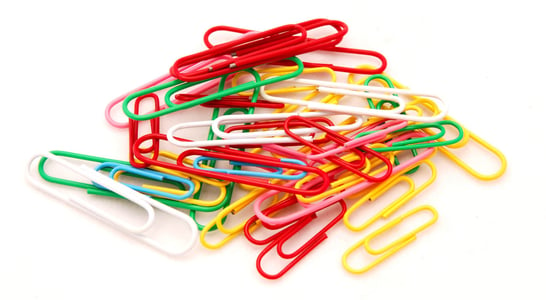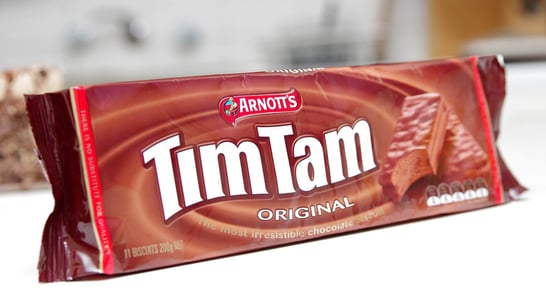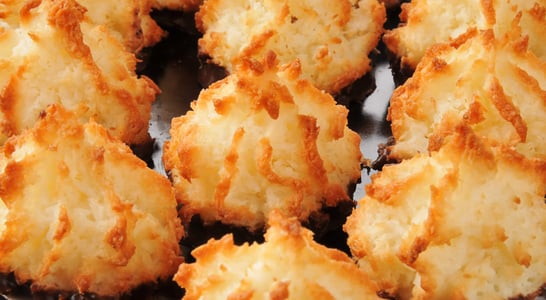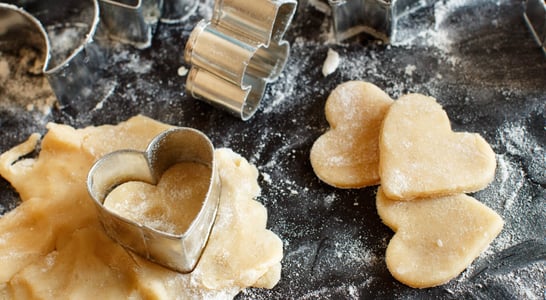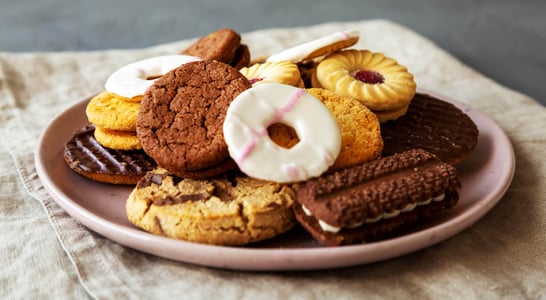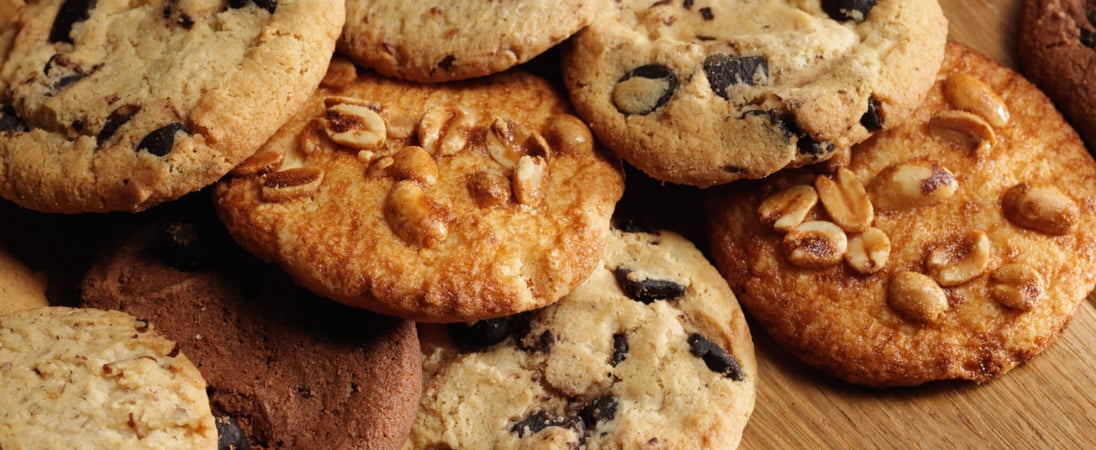
National Biscuit Day
In the US, they’re flaky bread rolls. In the UK, they’re sweet, crispy treats known as cookies in the US. Bake your own, and try different varieties and flavors.
Calling all smart cookies! National Biscuit Day offers the perfect chance to go crackers about one of the world’s most popular snacks. But did you realize just how many types of biscuits there are?
Biscuits in the US are flaky, savory and buttery, similar to scones and often served at breakfast or as a side dish. However, in the UK, the word “biscuit” is used for flat sweet treats (“cookies” in the US).
How to Celebrate National Biscuit Day
As you might imagine, celebrating National Biscuit Day is a lot of fun. It is your yearly excuse to eat as many biscuits as you like – and to do a spot of baking.
Bake Some Biscuits
Baking an ancient Roman biscuit called a buccellum is perhaps the most exciting way to experience the day. While the final product won’t be as delectable as manufactured biscuits, it will give you an insight into the sort of cuisine that people enjoyed in the past while sailing.
Failing that, nothing is stopping you from baking cookies or traditional biscuit bread. What’s more, you could trial unique, healthy versions using authentic ingredients. There are plenty of recipes that still use wholemeal flours and sugar alternatives on the internet.
Traditionally biscuits come in particular sizes and shapes. Still, there’s no need to stick with the official format if you don’t want to. Cookies don’t have to be round. If you’ve got some shape cutters at home, put them to good use. You can make cookies in the shape of donkeys, cars, stars, hearts, triangles – whatever you have to hand. And for extra fun, you can cover them in sugar!
Enjoy Biscuits with Tea
Biscuits are an experience that you’ll want to share. Many people, therefore, invite family and friends over for an afternoon of cookies and tea enjoyed in the traditional style. Just take your favorite type of tea (Assam, Darjeeling, and so on), add a spot of milk, some sugar, and then pair with your favorite biscuits – sweet or savory! Many people like to dunk their biscuits in their tea.
So bake up a treat for friends and family, or settle down with a cup of tea or coffee and enjoy one of your favorite varieties. Don’t forget to share your creations with your friends on social media. You never know what other biscuit fanatics are lurking out there.
History Of National Biscuit Day
National Biscuit Day can only be understood in light of the background of biscuits!
Biscuits aren’t a modern invention but they were born of necessity in the ancient world. Merchants and military personnel in the Roman, Greek, and Egyptian empires would often spend many weeks at sea, ferrying cargo and making their way to foreign shores.
Hence, they needed a snack that would provide them with a source of calories for the entirety of the journey. Fresh food was out of the question. It just wouldn’t keep. So captains turned to stocking their larders with dried foods that wouldn’t go off.
Preservation techniques were already fairly advanced in ancient times. People knew that if you dried something out, it would last longer. Millers, therefore, began grinding up flours and then baking cooked bread on a low heat for an extended period. This technique helps to retain the nutrition, but removes the water content, preventing any microbes from thriving.
From that point, dried biscuit-like breads became a staple at sea. The ancient Egyptians, for instance, cooked up flat brittle loaves made of an old grain called millet. Later, the Romans created the first example of what we would recognizably call a biscuit. They spread wheat flour paste over a plate and then left it to dry and harden.
Eating biscuits at sea remained popular in the middle ages. In the sixteenth century, the Royal Navy provided its sailors with a daily allowance of a pound of cookies and a gallon of beer (yes, you did read that right!) to help them fight off the Spanish armada.
The modern conception (or should we say “confection”) of biscuits as sweet treats didn’t begin until the seventh century. The ancients saw them strictly as a travel food – something you’d take with you for long journeys that wouldn’t spoil.
But the Persians began to experiment. Instead of just making the flour into a paste with water, they began incorporating other ingredients like eggs, butter, and cream to improve the texture. They noticed that when you added these items to the mix, you wind up with fluffier, more luxurious delicacies. After a while, they introduced sweet things, like fruit and honey, creating the first cookies in history.
Biscuits arrived in Europe around the end of the tenth century. Legend has it that an Armenian monk traveled from central Asia to France and passed on a recipe he had learned in the Caucuses. The main flavor at the time was ginger.
Even so, these biscuits were still not the modern confections that we enjoy today. They were fluffy and tastier than their ancient forebears, but the mass production of sugar was still absent. For most of the middle ages, biscuits were a side-show – and exotic delicacy that people in some parts of the world enjoyed on occasion as part of their traditional cuisine.
Once sugar production ratcheted up in the eighteenth century, however, the game changed. Suddenly, flour-millers and bread makers could add sweetness to their mixes and create entirely new classes of products, all at a low cost.
By the 19th century, per capita sugar consumption rocketed, and biscuit firms like McVitie’s, Crawfords, and Carr’s all set up factories to mass-produce confections. While today, most biscuits for sale are sweet, savory varieties still make up a considerable chunk of overall sales,
National Biscuit Day is a celebration of biscuits of all forms – not just cookies, but also oatcakes, crackers, water biscuits, and crispbreads too!
National Biscuit Day FAQs
What’s the connection between biscuits and space travel?
Biscuits have made it into space! In 2019, astronauts aboard the International Space Station baked cookies using a specially designed zero-gravity oven.
Though they weren’t traditional biscuits, the experiment showed how beloved baked goods inspire innovation even in space exploration.
Why are biscuits a symbol of hospitality in some cultures?
In Scotland, offering shortbread biscuits to guests has long symbolized warmth and welcome.
This tradition dates back to the 16th century when shortbread was considered a luxurious treat, reserved for special occasions and visitors.
What is the most unusual biscuit flavor ever created?
In Japan, manufacturers have experimented with everything from squid-ink biscuits to wasabi-flavored crackers.
These bold flavors cater to adventurous snackers and highlight the country’s love for blending traditional and modern tastes.
Are there any ancient myths involving biscuits?
In Nordic mythology, there’s a tale of a baker who offered biscuits to a giant in exchange for safe passage through a dangerous forest.
Though fictional, this story reflects how biscuits have been viewed as valuable gifts in many cultures.
Why are some biscuits shaped like animals?
Animal-shaped biscuits, such as the popular “animal crackers,” became popular in the 19th century.
They were first made as educational treats for children, teaching them to recognize different animals while enjoying a snack.
How did soldiers use biscuits during wartime?
Hardtack, a type of durable biscuit, was a staple for soldiers during wars like the American Civil War.
It could last for months without spoiling, making it an essential food for long campaigns, though it was often soaked in water to make it edible.
Do any superstitions involve biscuits?
In rural Ireland, it was believed that placing a biscuit under your pillow could bring dreams of prosperity. This quirky tradition likely stemmed from the biscuit’s association with comfort and sustenance.
What’s the story behind biscuit factories becoming tourist attractions?
In Porto, Portugal, visitors can tour biscuit factories like Fábrica de Santo António, which has been baking since 1912.
These tours offer a glimpse into traditional baking methods and the cultural significance of biscuits in the region.
What’s the most expensive biscuit ever sold?
In 2015, a biscuit from the Titanic’s lifeboats sold for £15,000 at auction. Preserved in a tin, it became a rare piece of maritime history.
How do some countries use biscuits in art?
In India, biscuit wrappers are often repurposed for creating vibrant collages or decorative items. This trend combines sustainability with creativity, celebrating biscuits in an unexpected way.
Also on ...
View all holidaysNational Alligator Day
In the swamps and wetlands of the American South, some ancient reptiles silently patrol the waters, showcasing nature's remarkable adaptability.
International Everest Day
Climb your own “Everest” by taking a hike or climb at a local hill. Want to do the real thing? Start training and researching so you can conquer that peak.
World Digestive Health Day
Maintaining a balanced diet and staying hydrated are key to ensuring optimal function and overall well-being.
National Paperclip Day
Paper clips can do everything from hold papers together (duh) to hang ornaments or scratch lottery tickets. Try some arts, crafts, and DIY using paper clips.
We think you may also like...
National Tim Tam Day
An irresistible chocolatey treat from Down Under, with its unique way of making any moment sweeter and more delightful.
National Macaroon Day
Put together a macaroon taster set with different varieties from different bakeries, or try making your own or having a macaroon-making competition with friends.
National Cookie Cutter Day
Transform your cookies with fun shapes and designs. Cookie cutters are a must-have tool for any baking enthusiast.



